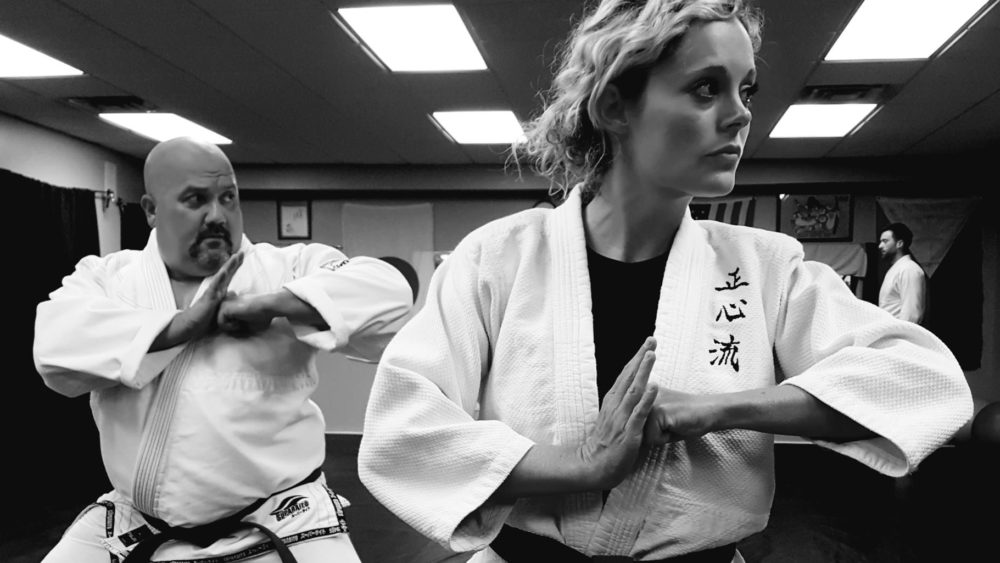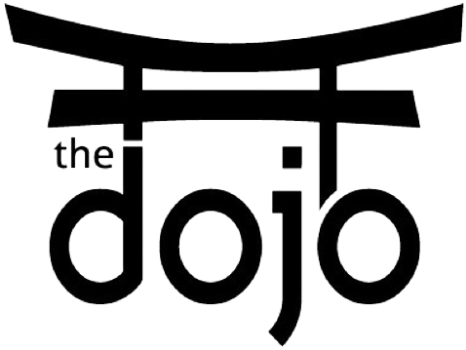
“A Way” vs “The Way” in Martial Arts
The distinction between “A Way” vs “The Way” in Martial Arts might begin with motivation for a person to even begin training. Different people train martial arts for different reasons. Some enjoy the health and exercise, some enjoy the sense of tradition, some want to learn to defend themselves, others the camaraderie of the people they meet and get to know over the years. Whatever the reason, Shoshin Ryu meets the needs of the student, without mandating a reason for pursuing the training.
In Shoshin Ryu, the art trained at the dojo, there are often several ways to deal with the same situation. It is erroneous to believe there is only one way. This line of thinking can limit the students ability to think in a broader sense. It can also stifle creative thinking as one follows the path of martial arts. At the dojo, variations are introduced at the mid level kyu (non black belt) ranks in order to start to break students out of the mindset that you only need 1 technique. By having multiple options the mind can start to become more spontaneous, making the student “choose” a path rather than always going to a singular technique. As the student gains proficiency in “choosing” a technique the opportunity for a glimpse of mushin (no mind) become more frequent.
With more options the brain can “decide” which direction to go based on the feedback received from uke (training partner). The ability to apply the best technique based on what the uke is doing is similar to “listening” to what they are doing. With the proper amount of training, this decision making process becomes very fast. In fact higher skilled practitioners will often choose a technique without having to think at all. This is a goal of all martial artists who pursue mushin.
Often there will be debate over which system or style is the superior one. While each martial art has its strength and weaknesses, the idea that there is THE martial art that trumps the rest, can also limit ones opportunities to be prepared for all situations. This is why Shoshin Ryu has strived to incorporate several martial art techniques from several different martial arts. Each has its own set of strengths and weaknesses.
Be it the kata of karate, the nage of judo, the newaza of jujitsu, the knowledge of knife and stick of kali, the knowledge of center of aikijitsu, all have something to add while at the same time, not one is complete. Traditional karate students will typically have strong atemi (strikes/blocks/kicks) but may be lacking in their newaza (ground work) ability. Jujitsu practitioners with superior ground technique, may not understand the nuances of how to use a bladed weapon. Tae Kwon Do students are known for powerful dynamic kicks, but when attempting to throw a person might struggle. So to say that this style or that style is THE style is false, and belief in THE way can leave one vulnerable to an art or skill that is foreign to them.
Utilizing A way rather than THE way, students can apply this thinking to things outside of the martial arts. When dealing with confrontation at work or in a relationship one can see both sides with more clarity. By not attaching one’s self to THE way, THE idea or THE side, compromise and resolution are easier to accept. This mindset can reduce the need to judge others. The ability to recognize (not necessarily agree) another point of view, makes finding common ground easier.
Think of why you train and ask yourself this question: Is THE reason you’re training necessarily THE reason others train? Maybe, just maybe, THE reason you train might be A reason to someone else. Others may train for reasons that differ from your own, does that make it a wrong reason? Or are there a plethora of reasons out there to walk the path of Shoshin Ryu? Train long enough and understanding “A Way” vs “The Way” in Martial Arts can change how you view the world. If you don’t currently train, think of the dojo as “A” place to start on your path.
